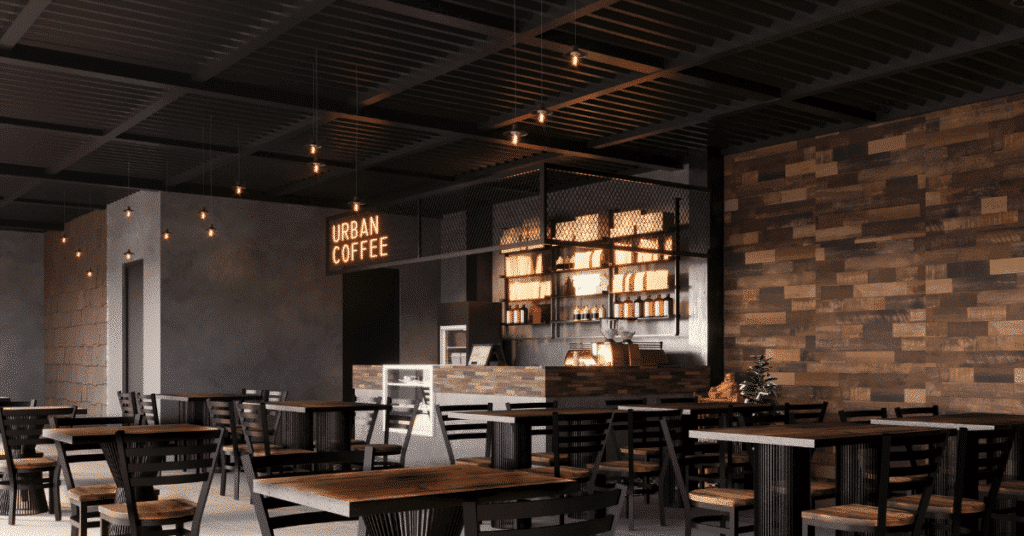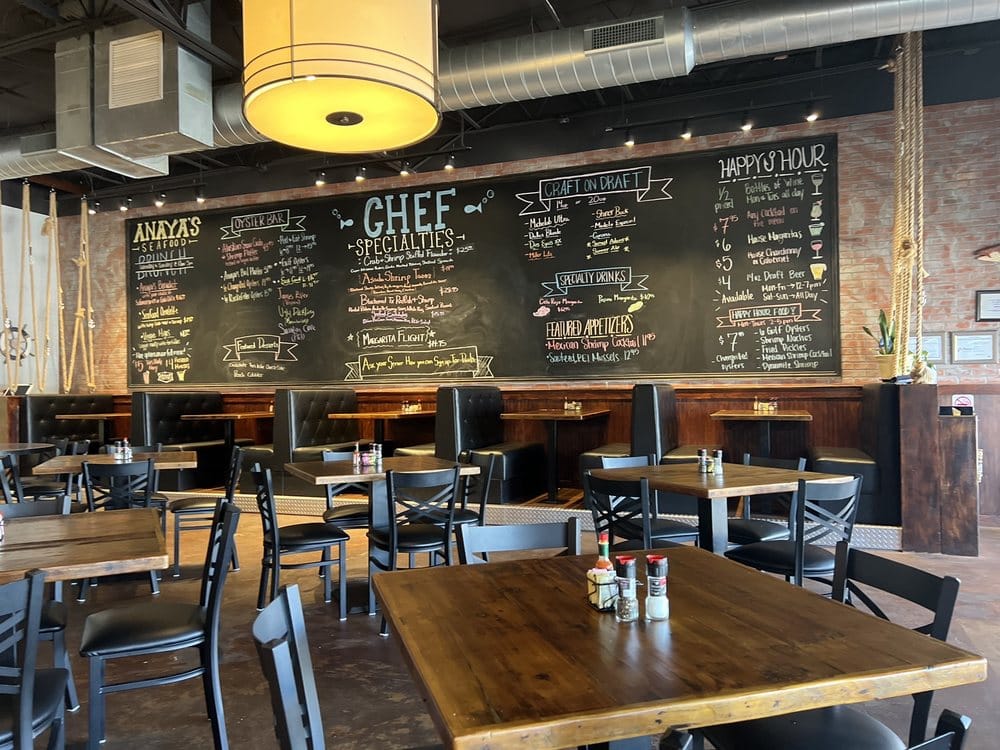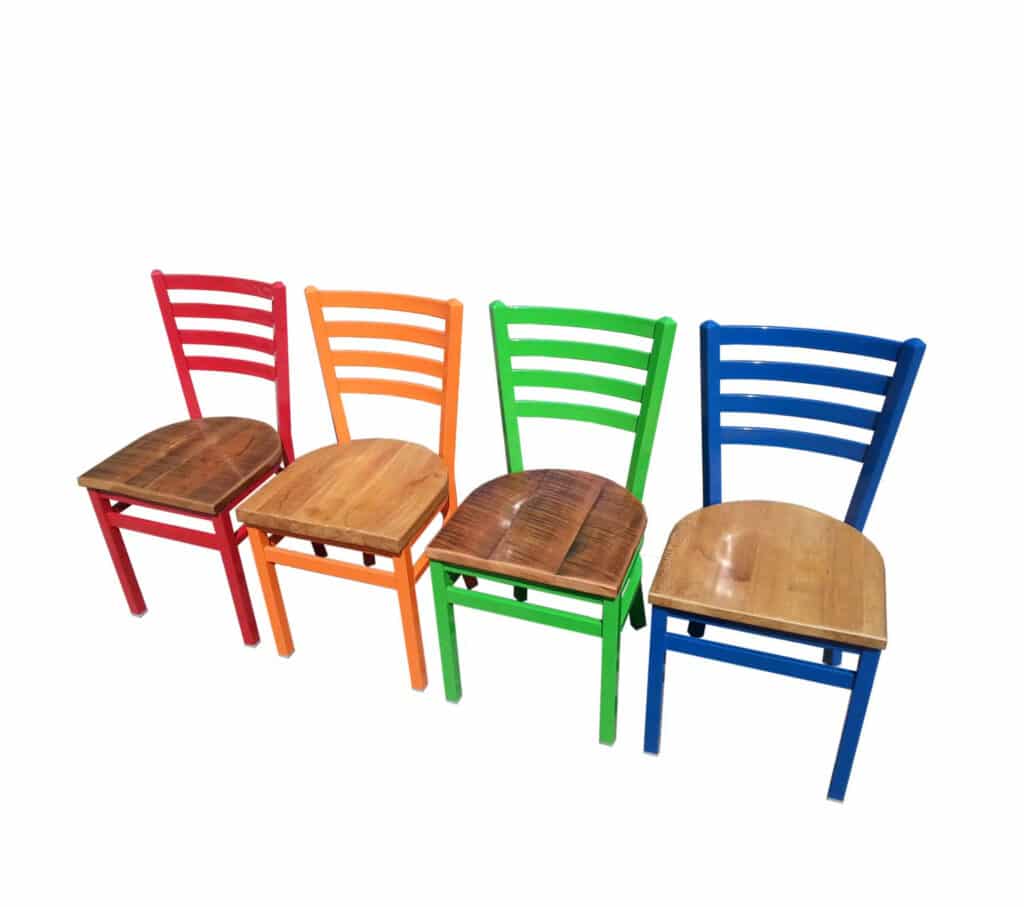Neurogastronomy is Entering the Restaurant Atmosphere
The Neurogastronomy Trend in Restaurants
You likely thought that neuroscience was for the chemistry lab and the neurology wing of the hospital. Think again. It’s making its way into restaurants in a new concept known as neurogastronomy. It combines what we know about the brain with what we know about food. When you take environmental factors and combine them with food, the brain will process how they taste in very different ways.
Movement of Neurogastronomy
The “movement” of neurogastronomy has been seen around the world, and there are quite a few Michelin starred chefs who are getting involved. One is Paco Roncero, who created multisensory tasting menus that cost $2,000 to participate in. These were launched in Ibiza in July 2014. Other chefs include Ferran Adria and Heston Blumenthal, though there are countless others who want to make their mark as well.
Lighting, music, décor, and plating can all have an impact on the way that the brain processes how we taste the food we eat. As such, more chefs are getting involved with the interior design of their restaurants when generally this was something left for the “front of the house”.
Sensory architecture
Sensory architecture is becoming a concept within restaurants where all of the senses are take into consideration with the design of a restaurant. An Oxford scholar has shown that a white plate can make strawberry mousse taste sweeter. Brighter lights can cause a person to not taste all of the flavors that are pack into a dish, which can explain why there is also a surge on restaurants that have you eating in the dark.
As more chefs discover that lighting, plating and even music are making an impact on how the food tastes, prepare for your senses to go through a cleanse when you walk into restaurants.
When you are preparing your own restaurant, it can be advantageous to bring in diners. And alter the senses around them to see how it is going to impact the taste of the food. Darker lighting can be use. This in turn includes wooden décor to minimize the amount of reflecting light. You may want to use different types of music and even at different volumes. Remember that there are so many senses in play when people eat. It’s not just taste that you have to worry about because all of the other senses are going to impact taste.
Final Words:
If you have ever had someone tell you that they didn’t like your food. Maybe it wasn’t the food but the environmental factors that were off. It’s definitely food for thought. Neuroscience is being use in more and more restaurants. And is fund by major brands as well.
While you may not think neurogastronomy is a thing, think again. It’s becoming more and more popular and for good reason. It could change the way you think about and interact with food forever. If it makes the food taste even better, it’s worth a try!






